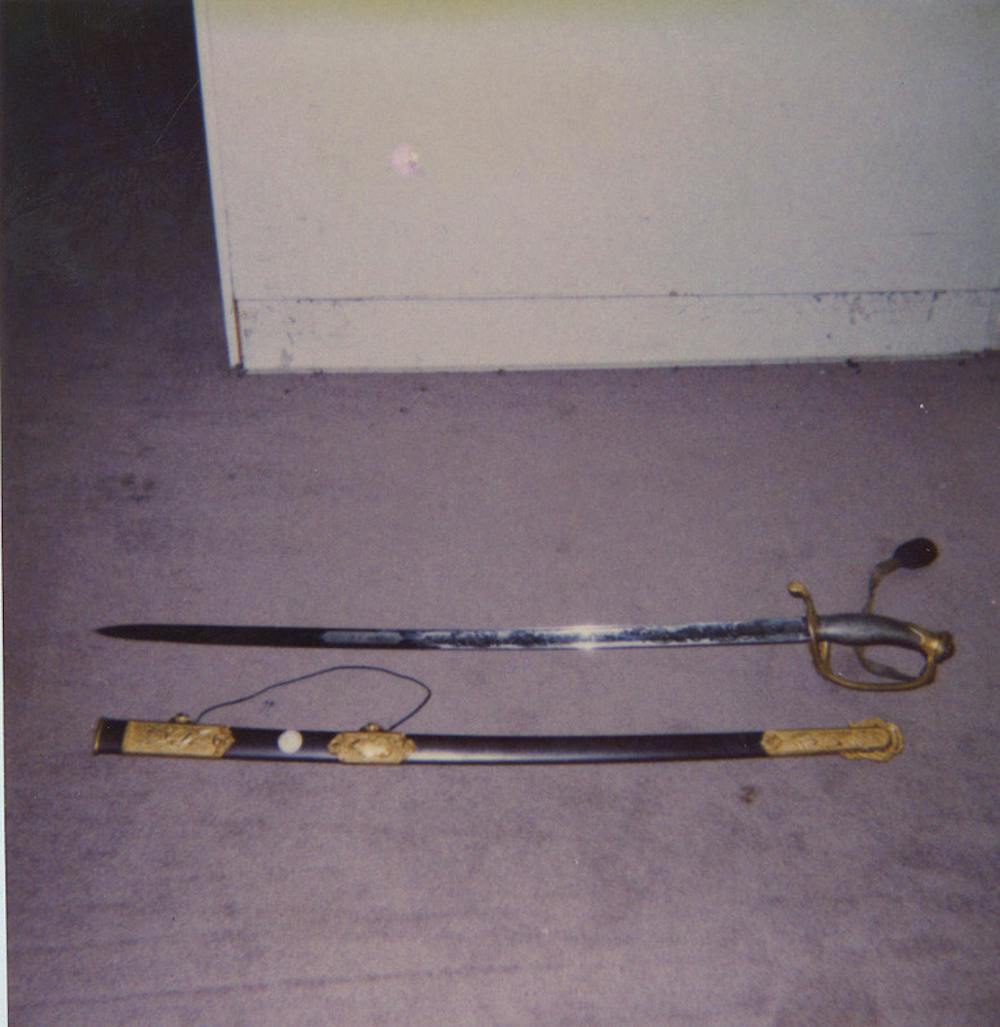The decades-long saga of the University’s missing Civil War-era sword can finally be put to rest.
The U.S. District Court for the Eastern District of Virginia ruled June 4 that a sword that disappeared from the University’s archives in the 1970s be returned to campus. The ruling ended a two-year legal battle with a couple who had purchased the sword and the University’s 36-year struggle to reclaim it.
“The sword is back, safe and sound, at Brown University,” said Christopher Duggan, the attorney who represented the University during its lawsuit against Donald and Toni Tharpe, two private collectors who were accused of illegally holding the Civil War relic.
Gifted to Colonel Rush Hawkins, whose wife Annmary Brown was the granddaughter of the University’s namesake Nicholas Brown, the Tiffany & Co. sword disappeared from the Annmary Brown Memorial in 1977. A collector spotted the sword — valued at $750,000 — at a show in Baltimore, Maryland in 1991 and notified the University, but efforts at the time to reclaim the relic from private collections failed, The Herald previously reported.
When the sword first went missing, “the big kerfuffle was that some people thought it had been misplaced,” said Visiting Assistant Professor of History Megan Nelson. But the truth quickly emerged, she said. “It had the case with it, so it wasn’t accidental.”
After the University filed a lawsuit against the Tharpes in 2011, authorities removed the sword from the couple’s possession and transferred the artifact to a secure vault in New York, The Herald previously reported.
The Tharpes failed to convince the judge during the trial proceedings that they had acquired the sword lawfully and in good faith. “Mr. Tharpe did not appeal the judge’s decision,” said Beverly Ledbetter, University vice president and general counsel.
The historical resonance of the sword dates back to well before the 1977 theft.
“Ceremonial swords such as this one were presented to officers of fairly high rank,” Nelson said. “The citizens of New York collected money and presented Rush Hawkins with the sword as a kind of memento, a memento of wartime and the respect and esteem that his socioeconomic class had for him.”
The artifact also brought people together.
“It’s actually part of a social network in the Civil War period,” Nelson said. “The sword was used to forge these connections between Hawkins and the men and women in his social circle in New York, and (when) he married into the Brown family … he became part of this social circle.”

ADVERTISEMENT




